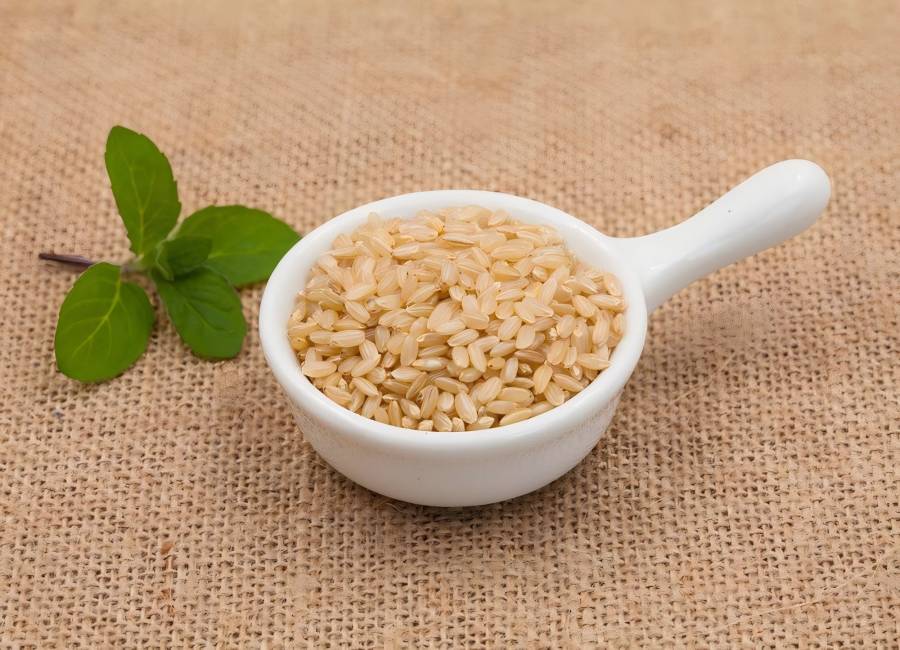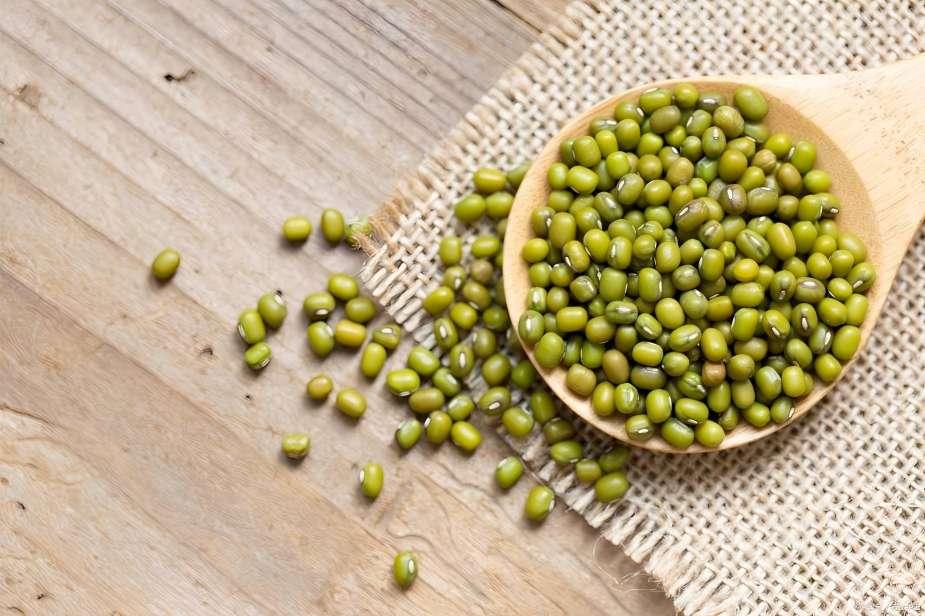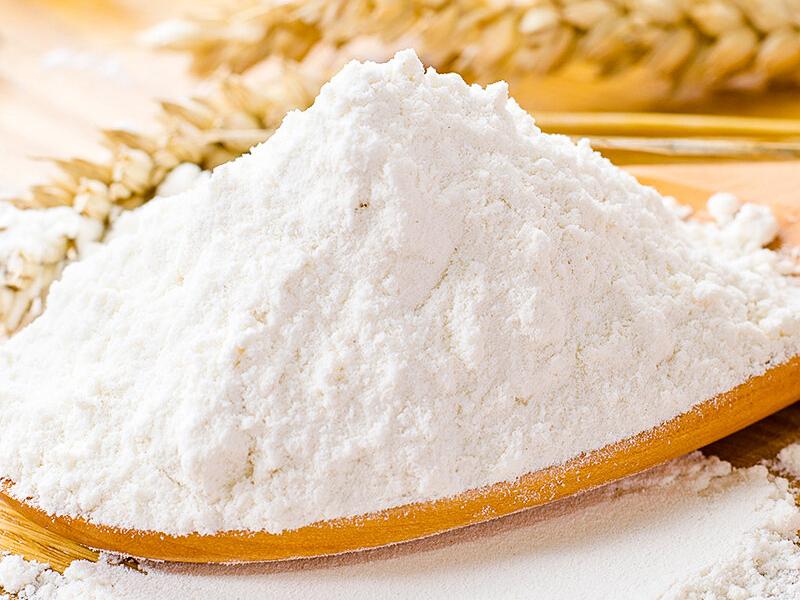What Is the Use of Hydrolyzed Soy Protein in the Food Field?
The product obtained by hydrolyzing soy protein by enzymatic catalysis is called soy hydrolyzed protein. The product is available in liquid, colloidal and powdered forms. Soy hydrolyzed protein is mainly produced from the by-product meal of oil mills. Generally, the meal contains 15% to 50% protein. Traditionally, the meal is mostly used as feed and fertilizer, resulting in a large waste of resources. At the same time, protein deficiency is still a serious problem facing the world.
It is reported that after soybean meal is hydrolyzed with papain, the protein macromolecules are converted into low-molecular-weight peptides and amino acids, which greatly improves its water solubility. The protein content can be as high as 81.10%, and the NSI can reach 95.7%. Due to the high content of free amino acids and protein, the soy protein hydrolysate has a delicious taste, no bitter aftertaste and is highly water-soluble. It can be used as a food additive in a variety of foods such as pasta, meat, drinks and fast food to increase the amino acid and protein content. Soy protein isolate contains the amino acids the body needs, has high nutritional value, is quickly soluble, and has a unique flavor, which is why it is recognized by consumers. As a mixture of peptides and free amino acids, soy protein isolate has a range of functions and is widely used in food production.
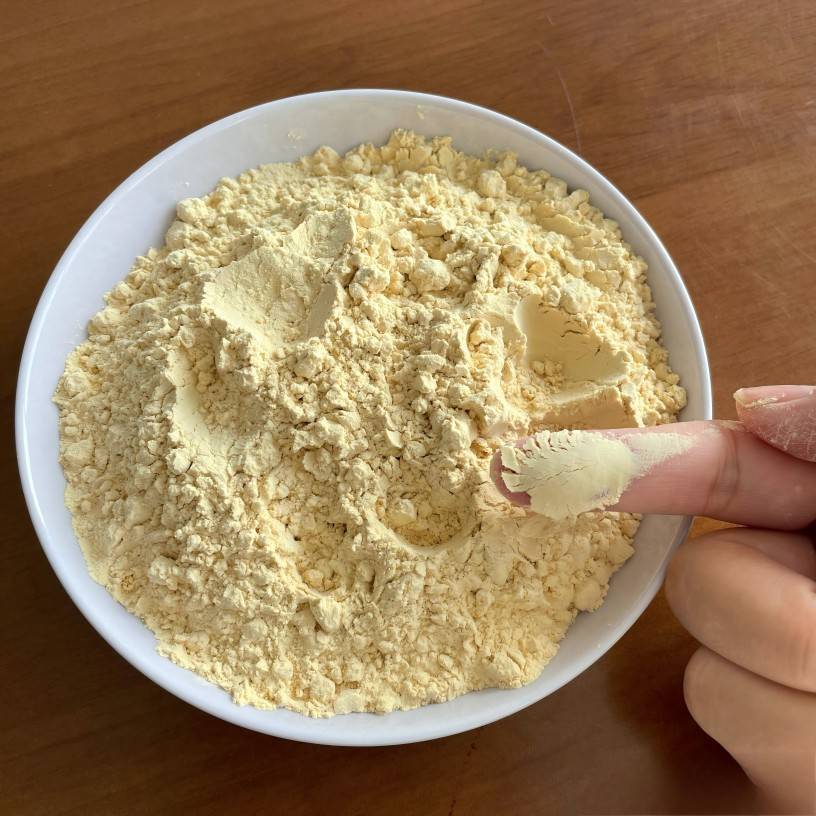
1. Functional properties of soy protein isolate
Soy protein hydrolysate is a product obtained by appropriate hydrolysis of soy protein. It has two important functional properties. One is that it has high solubility under acidic conditions, especially near the isoelectric point of the protein. The solution has high thermal stability and retains its solubility during heat treatment, such as pasteurization. The second is that it remains a low-viscosity solution over a wide concentration range. These two properties of soy protein hydrolysate make it a promising ingredient for protein-rich soft drinks and fruit drinks. It has been reported that when the enzyme dosage is 4000μ/g, the temperature is 60°C, the pH is 9.0, and the hydrolysis time is 4 hours, the emulsification degree of the soy protein hydrolysate obtained is 91.3%, and it has good emulsion stability and foaming ability. It has also been reported that soy hydrolyzed protein can promote the production of hemoglobin and free iron binding proteins in children with primary thrombocytopenic purpura, and accelerate the excretion of harmful substances. Soy hydrolyzed protein also promotes the absorption of calcium by the gastrointestinal tract and prevents diarrhea.
2. Application of soy hydrolyzed protein in food
2.1 Application of soy hydrolyzed protein in soy sauce production
Soy sauce brewing can be divided into pure brewing, pure chemical and semi-chemical methods. Pure brewing method produces soy sauce with a good flavor, but it is troublesome to operate, has a long production cycle, low protein utilization rate of raw materials, and the product contains high salt content. The soy sauce produced by the pure chemical method has an unpleasant flavor and an off-odor. The semi-chemical method partially hydrolyzes the protein and sugars in the raw materials with low-concentration hydrochloric acid, and then ferments it. This reduces corrosion and contamination by strong acids, lowers the salt content of the product, improves the utilization rate of proteins, and makes up for the poor flavor of pure chemical brewing.
2.2 Application of soy protein hydrolysate in convenience foods
With the increasing pace of life and the demands of modern work, people's demand for convenience foods is growing, and convenience foods that reflect natural flavors and high quality are generally popular. An important aspect of improving the quality of convenience foods is the use of natural flavoring agents, which can better reflect the natural flavor of the food. Compound seasonings developed using modern bioengineering methods will become the mainstay of food industry seasonings in the next few years. Soy protein hydrolysate has been used in the production of high-end seasonings and soup stocks abroad for nearly two decades. At present, some wholly-owned and joint venture instant noodle manufacturers that dominate the domestic market also use soy protein hydrolysate in their seasonings.
2.3 Application of soy protein hydrolysate in hypoallergenic foods
Foods made from highly purified soy protein hydrolysate are effective in preventing food allergies. Food allergies are a serious health problem that can cause skin rashes in mild cases and even be life-threatening in severe cases. The role of soy protein hydrolysate in the prevention and treatment of allergies is undoubtedly an important driving force in the research and development of soy protein hydrolysate.

2.4 Application of soy protein hydrolysate in elderly food
As people age, their energy requirements tend to decrease, while their nitrogen and amino acid requirements per unit of body weight do not decrease with age.
Therefore, a diet suitable for the elderly should have a higher proportion of protein in the intake than for young people. At the same time, the elderly are more prone to illness, which increases the body's need for protein for tissue repair and regeneration.
Due to physiological characteristics, the elderly cannot increase protein intake by eating too much food. Instead, they should consume specialized elderly food that is rich in protein. Such food should preferably be in liquid form, and the nitrogen source should be easily digested and absorbed. Therefore, soy protein hydrolysate is a good protein source for elderly food due to its unique functional properties and physiological effects.
2.5 Application of soy protein hydrolysate in sports nutrition
Research shows that the daily protein requirement of people engaged in endurance training increases. Prolonged exercise puts the body in a state similar to fasting, where the body begins to use muscle protein as an energy source, and the body enters a state of negative nitrogen balance and uses muscle protein as a nitrogen source. Due to the easy absorbability of peptides, it is a good nitrogen source in sports nutrition. If a drink containing peptides is consumed during or after exercise, the problems of negative nitrogen balance and muscle tissue synthesis will be well resolved. In the United States, products containing soy protein hydrolysates have long been used in athletes' diets, and good results have been achieved.
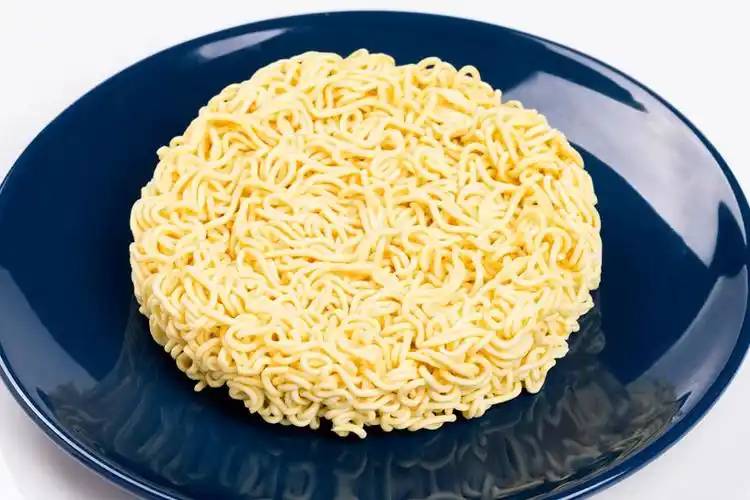
2.6 Application of soy protein hydrolysate in weight control foods
The traditional method of weight control is to eat a low-energy diet, which puts the body in a state of starvation. Through hormonal responses and metabolic changes, the body adapts to the lack of protein and energy. In a state of constant starvation, the muscles lose protein, which harms the body. Therefore, while reducing the caloric value, weight control diets must also contain sufficient protein to maintain the body's nitrogen balance, so that fat loss does not lead to a decline in physical fitness. Therefore, low-calorie soft drinks made from peptides with a high biological value are a good protein supplement for weight-control diets.
2.7 Application of soy protein hydrolysate in foods for special populations
The nutritional composition of new concentrated soy protein is almost the same as that of the raw material, and the calcium and iron content is higher than that of the raw material itself. It can be processed into functional foods in combination with other food ingredients, such as starch, dairy products, and animal proteins. For example, it can be used to make functional foods for people with high blood pressure or heart disease; it can be used as a milk substitute to promote growth and development in children and to treat malnutrition; it can be used as a milk substitute for infants and to treat symptoms such as milk allergies and diarrhoea in infants; and it can be used as a soy protein food for burn victims to prevent immune rejection.
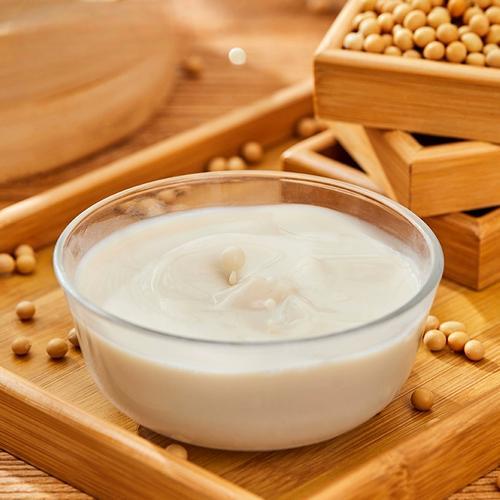
References:
[1] Gao Fucheng. New Fermented Foods. China Light Industry Press, 1998
[2] Zhao Shengnian, Zhai Junjie. Comparative application of hydrolyzed animal protein (HAP). Food Science, 1996, 5: 55-57
[3] Kong Baohua. Research status of proteolytic active peptides. China Animal Industry and Food, 1999, 3: 135-137
[4] Gao Fucheng. New marine foods. China Light Industry Press, 1999
[5] Yu Guoping. Characteristics and applications of hydrolyzed protein. China Animal Industry and Food, 1997, 6:279
[6] Lin Zushen. How to view protein hydrolysates and their impact on soy sauce condiments. China Condiments, 1998, 12:8~10


 English
English French
French Spanish
Spanish Russian
Russian Korean
Korean Japanese
Japanese